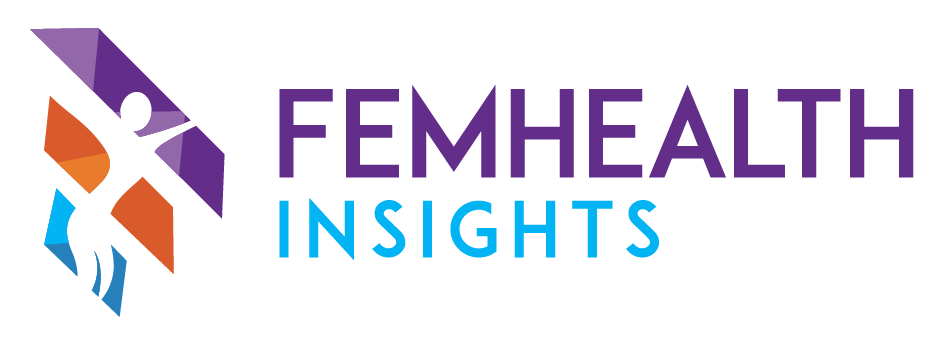Unraveling Menopause: Debunking Misconceptions and Embracing Treatment Options
Written by Ariella Tal, FemHealth Fellow, FemHealth Insights
Menopausal Hormone Therapy (HT), or Hormone Replacement Therapy (HRT), is a treatment option for alleviating symptoms of menopause that a cloud of confusion has surrounded. HT supplements the estrogen and progesterone loss that women face during menopause to decrease symptoms such as hot flashes, brain fog, and vaginal dryness. One reason for significant misunderstanding stems from the Women’s Health Initiative (WHI) study on HRT that began in 1998. After determining HT increased the risk of coronary heart disease and breast cancer, the study was terminated early in 2002. This was followed by a media frenzy that left women afraid and doctors overwhelmed. Tabloids quickly publicized fear-mongering articles that changed the cultural perception of HT, leading to a drastic 50% drop in the number of women using HT.
WHI Study Critiques:
However, there are many flaws in the conduction of this study including inadequacies in their randomization parameters and their failure to adjust data for the participants that left the study early. One significant critique is that the participants' average age was 63 years old, well beyond the onset of menopause. As a result, these participants had depleted levels of estrogen and progesterone for over a decade before implementing HT. These therapies are meant to be preventative and are most effective when used during the perimenopause period. Those who are discouraged from using these treatments include women above the age of 60, those with a history of hormone-sensitive cancer, blood clots, or stroke, and smokers or obese individuals. Despite these limitations, the study provided important insights into the impact of HT on older menopausal individuals. Nonetheless, it failed to address the impact on those who are the optimal age for these treatments. Since the WHI study, many compelling benefits have been researched, including a decrease in visceral fat, prevention of bone mass loss, and potentially a reduction of joint pain. Some studies have even found that starting HRT before 50 years old can lead to increased longevity. The overgeneralizations made by the WHI study deprived many women, who could have otherwise benefited, of these advantages.
Medical Misunderstanding:
Menopause has been historically overlooked as a natural phase of life as opposed to a medical condition, resulting in major barriers to treatment that must be addressed. These include a lack of education and understanding of menopause for both women experiencing it and their health providers, preventing access to adequate treatment and support. As well as general practitioners’ misconceptions of HT that still persist despite new research. Additionally, the increase in primary care referrals to gynecologists leads to long waiting lists that delay the implementation of solutions.
Companies Leading The Way:
The transition into menopause comes with enough confusion. Finding trustworthy and understandable information should not be an additional obstacle, as it is crucial in mitigating the disruptive side effects. Fortunately, many companies are clearing up the confusion and making major advancements to improve the lives of millions.
Evernow is a teleconsultation platform that facilitates conversations with menopause experts. Evernow provides members 24-hour access to doctors and nurses, creates customized treatment options, and reduces lengthy wait times associated with specialized care.
Femgevity creates personalized medical treatment plans through telemedicine with board-certified menopause and longevity medicine specialists. They provide workplace solutions for tailored female professionals navigating menopause, offering access to the information and support they need to manage symptoms so they can continue working effectively without disruptions.
Thermaband has developed a unique wearable device that utilizes sensors and machine learning algorithms to detect changes in the user’s body temperature and activate response signals that warm or cool the body when needed. This can alleviate hot flashes, cold flashes, and night sweats.
There is still plenty of room for advancement in this sector, including cardiovascular health, mental health, workplace balance, and many more. For more information, join the Menopause 2.0 conference hosted by Women of Wearables on May 16th. The conference will address industry trends, research, and innovation in menopausal health.
About the Author:
Ariella Tal is a FemHealth Fellow at FemHealth Insights. She is dedicated to advancing gender health equity and developing solutions across all sectors to improve health outcomes.


